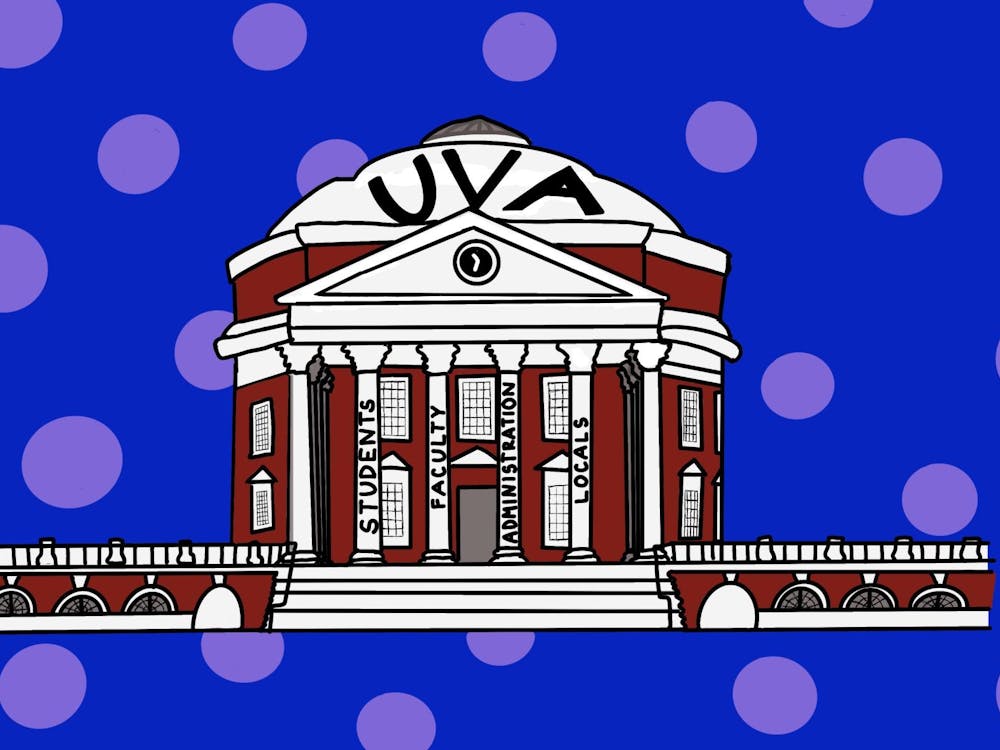Disciplinary measures in Virginia K-12 public schools are a subject University students should be concerned with: many of us grew up in the state and many of the University’s future students will have gone through the Virginia public school system. A recent report by the Virginia Department of Education, the Virginia Department of Criminal Justice Services and a Curry school group analyzed the state’s 2014-15 implementation of “threat assessment teams” aimed at preventing violence in Virginia public schools. The report showed that the teams, introduced in 2013, have been successful in curbing public school violence. Moreover, it concluded there were no racial inconsistencies in the teams’ disciplinary actions. Other states should consider implementing threat assessment programs modeled after Virginia’s, which, unlike zero tolerance policies, limit public school violence while disciplining white and minority students equitably.
A “threat” typically means what we might colloquially call bullying, but can range in severity from teasing to physical assault. Teams tasked with conducting “threat assessments” involve multi-disciplinary groups including school administrators, counselors, psychologists and other staff members. The procedure goes as follows: after someone reports a threat, the leader of the threat assessment team interviews the perpetrator, while the principal interviews the recipient. The principal determines whether the threat is “transient” and easily resolved, or if the threat is substantive. If the latter turns out to be true, the threat is then determined to be “serious” or “very serious” depending on the intended severity of injury (for example, a threat to physically assault is serious, while a threat to kill or sexually assault is very serious). Responses to serious threats include immediate protection precautions, counseling referrals and student discipline. Responses to very serious threats are more extensive, with law enforcement consultation and mental health evaluation followed by a written safety plan.
In response to the 1999 Columbine shooting, public schools nationwide expanded zero tolerance policies that created a one-size-fits-all disciplinary response (expulsion) for a broad range of classroom threats. Organizations such as the American Psychological Association, or APA, have questioned the effectiveness of zero tolerance policies. In fact, the APA Zero Tolerance Task Force Report demonstrated that zero tolerance policies may actually increase bad behavior among students. Suspending and expelling students for insignificant infractions is far too punitive and prevents students from obtaining a quality education. The threat assessment policy, on the other hand, fits an appropriate disciplinary action to offenses of varying levels of severity. It also is more rehabilitative in that it provides mental health evaluations for those who do pose very serious threats.
Even President Barack Obama, among others, has accused zero tolerance policies of introducing racial bias to student discipline. A 2013 report, for example, showed that Virginia schools suspend black male students at twice the rate of white male students. Disproportionately high numbers of black public school students also receive suspensions and referrals to law enforcement. While this does not necessarily point to racism, disproportionately punishing black students widens the black achievement gap. A violence prevention protocol that easily resolves “transient” threats while committing a multidisciplinary team to serious threats provides a more nuanced approach to public school violence, one that has been shown to be racially equitable.
Virginia, the first state to implement this system, has created a model for other states. Given the tense racial climate at universities around the country today, such systems can benefit future college students entering communities in need of more equitable disciplinary systems — and even just more equitable treatment in general. The University’s honor system is often critiqued for having disproportionate effects on minority students; perhaps the state’s preventative measures can one day translate into change on our Grounds.





